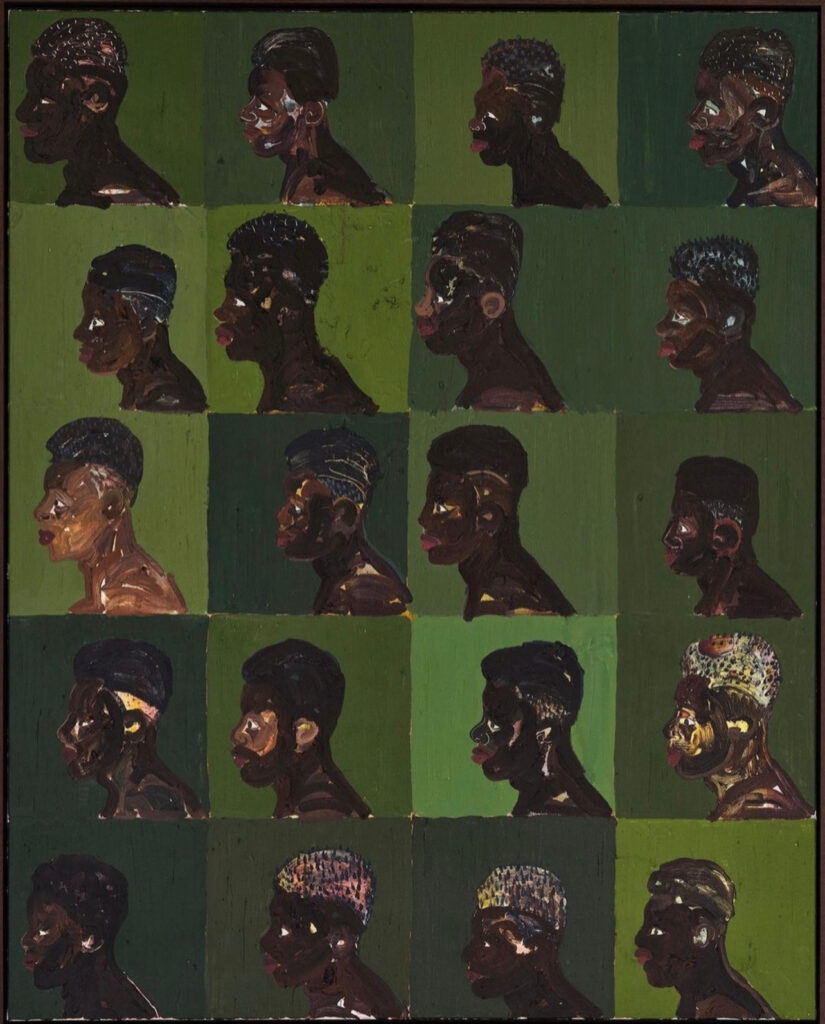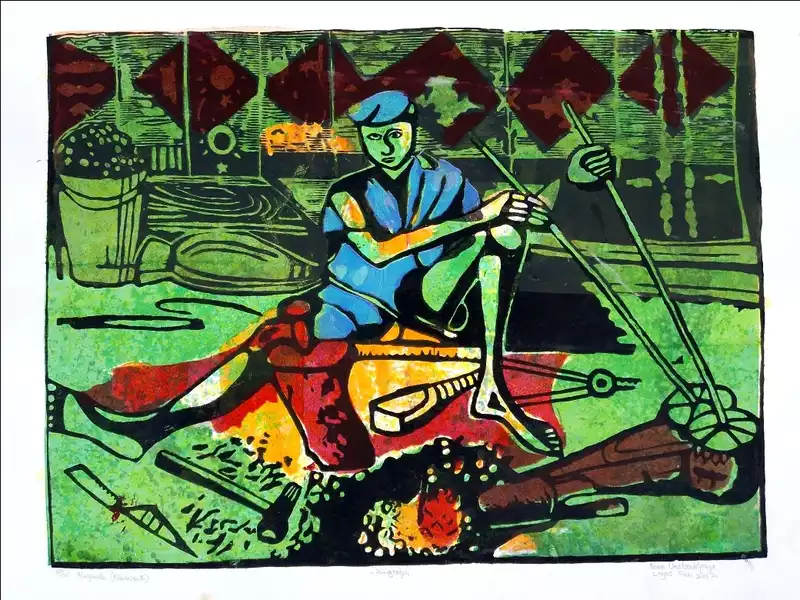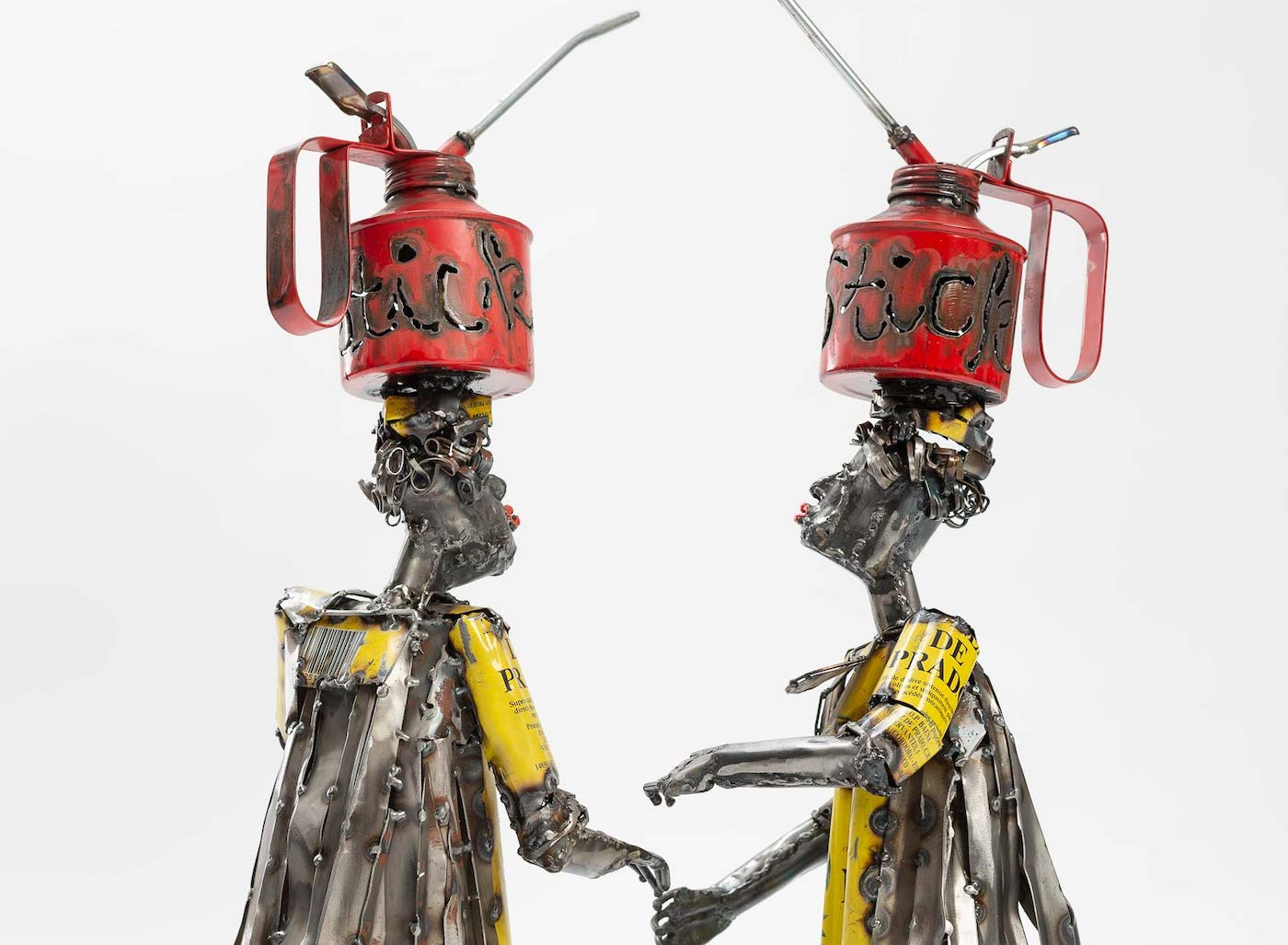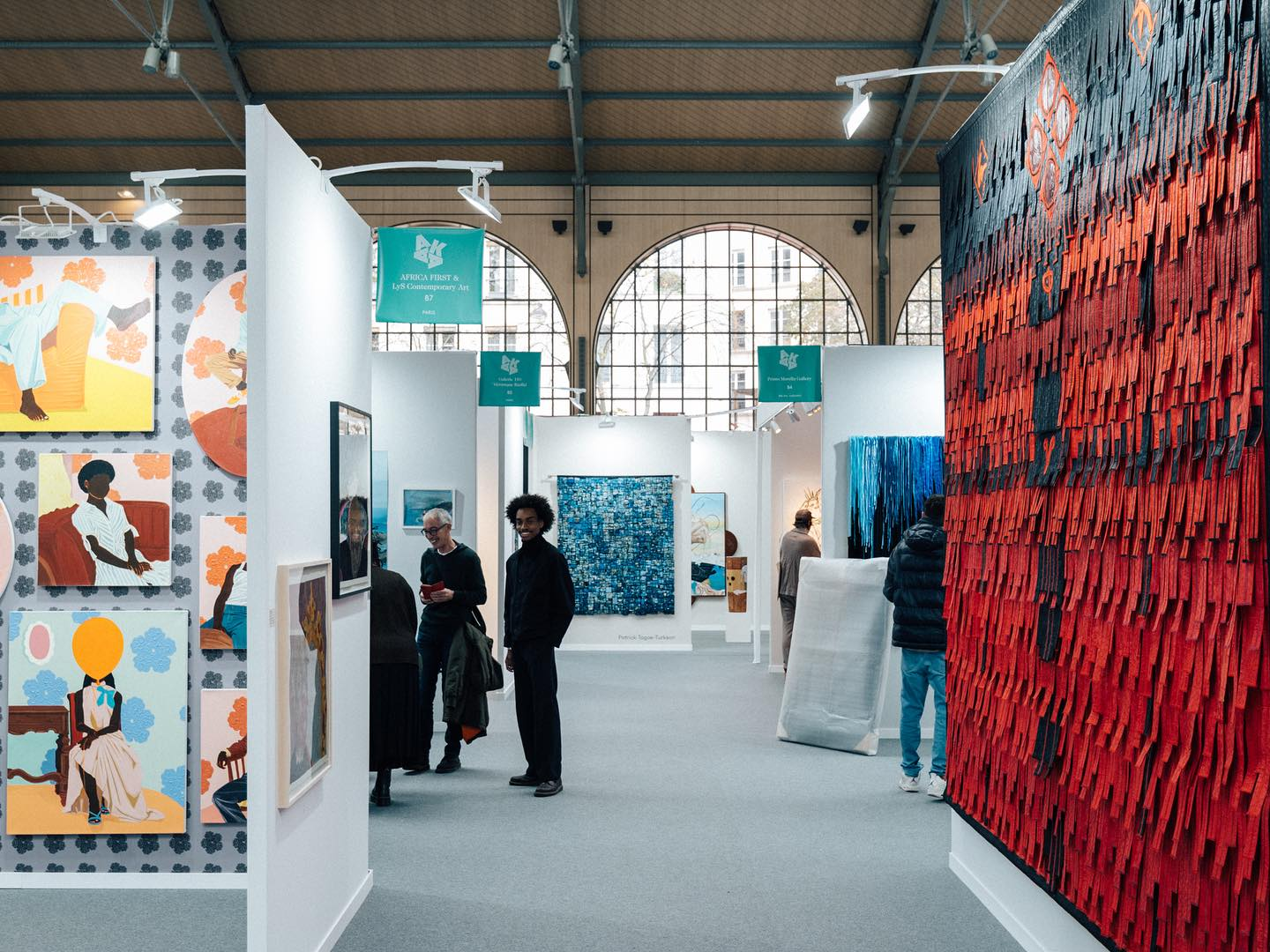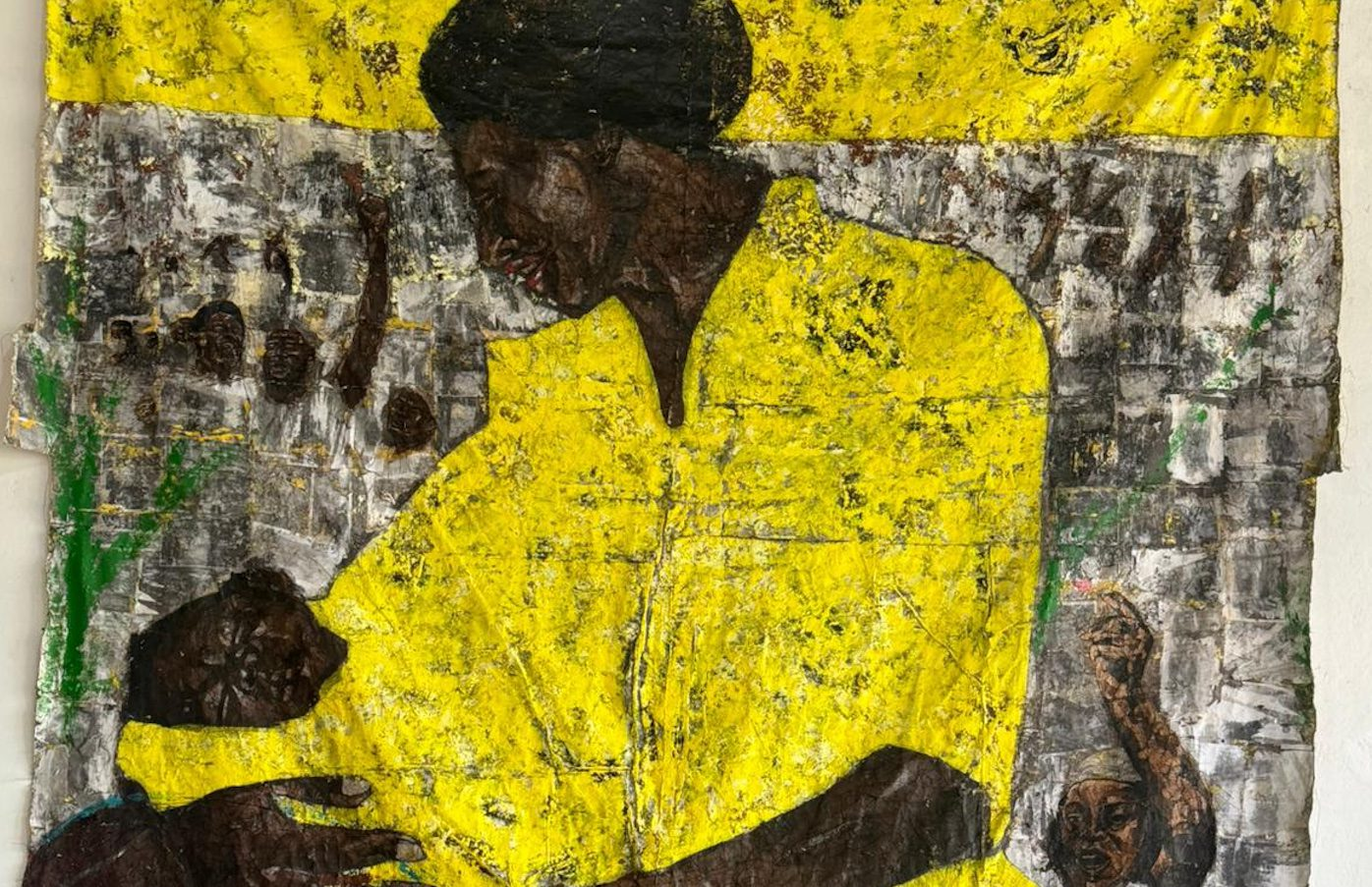A professional portfolio, as described by Sotheby’s, is a curated collection of work that displays the skills, knowledge, and growth in the practice of an artist or curator over time.
A well-curated portfolio is an important tool for many art professionals, from artists to art writers, art curators, gallery managers, and art consultants. The more advanced their career, the more significant and necessary a portfolio is for these art professionals, as it will be part of the requirements for applications as they progress.
A professional portfolio is as important as a resume. It is meant to highlight the most recent and important accomplishments of the art professional. An artist’s portfolio might feature a range of exhibitions they have had during their career, a biography, an artist statement, collaborations, and select images of their works. A portfolio for a curator might include installation images from past curated art shows, images of works from exhibited artists, excerpts from their published essays to show their range as critics, and statements that give an insight into their curatorial approach.
Regardless of the career level of an artist, curator, writer, or manager, here are some general tips for crafting a standout portfolio:
- First, the portfolio is for you. How do you want to be perceived as a creative? How you answer this question from the very first page of the portfolio to the last page can be a guide as to how potential collaborators, clients, and galleries see you and your work. The proof of the pudding is of course in the eating but it is always best to put the better foot forward in the art scene. It is in the selected template, font, font size, headshot, biography, and statement. As concise as possible, don’t be afraid to show why you do what you do.
- A standard portfolio is cohesive. It goes from the biography to the statement highlighting your practice, and the history of your work, to contact information. Once you have gotten the individuality and sentimental aspect of crafting your portfolio, it is important to take a look at the theme as presentation is key. A standard portfolio should tell a story. It should be easy to read and understand. Your biography and artist/curatorial statement is an opportunity to highlight who you are as an artist/curator and what your practice entails. It is also imperative to add high-quality photographs of your most recent work, as well as installation views, to the portfolio.
- A standard portfolio is used to showcase the most recent accomplishments. Therefore, keep your portfolio up-to-date. The more you gain experience in your practice, you will have to add new information to the portfolio, like you would do a resume. In making space for your current skills and capabilities to shine through, don’t forget to tailor your portfolio to your immediate needs.
Iyanuoluwa Adenle is a Nigerian art writer, essayist, and poet based in Lagos. She is currently the head writer at Omenai. Adenle has contributed to a number of art publications, including Tender Photo, Art News Africa, Pavillon 54, and Omenai.

